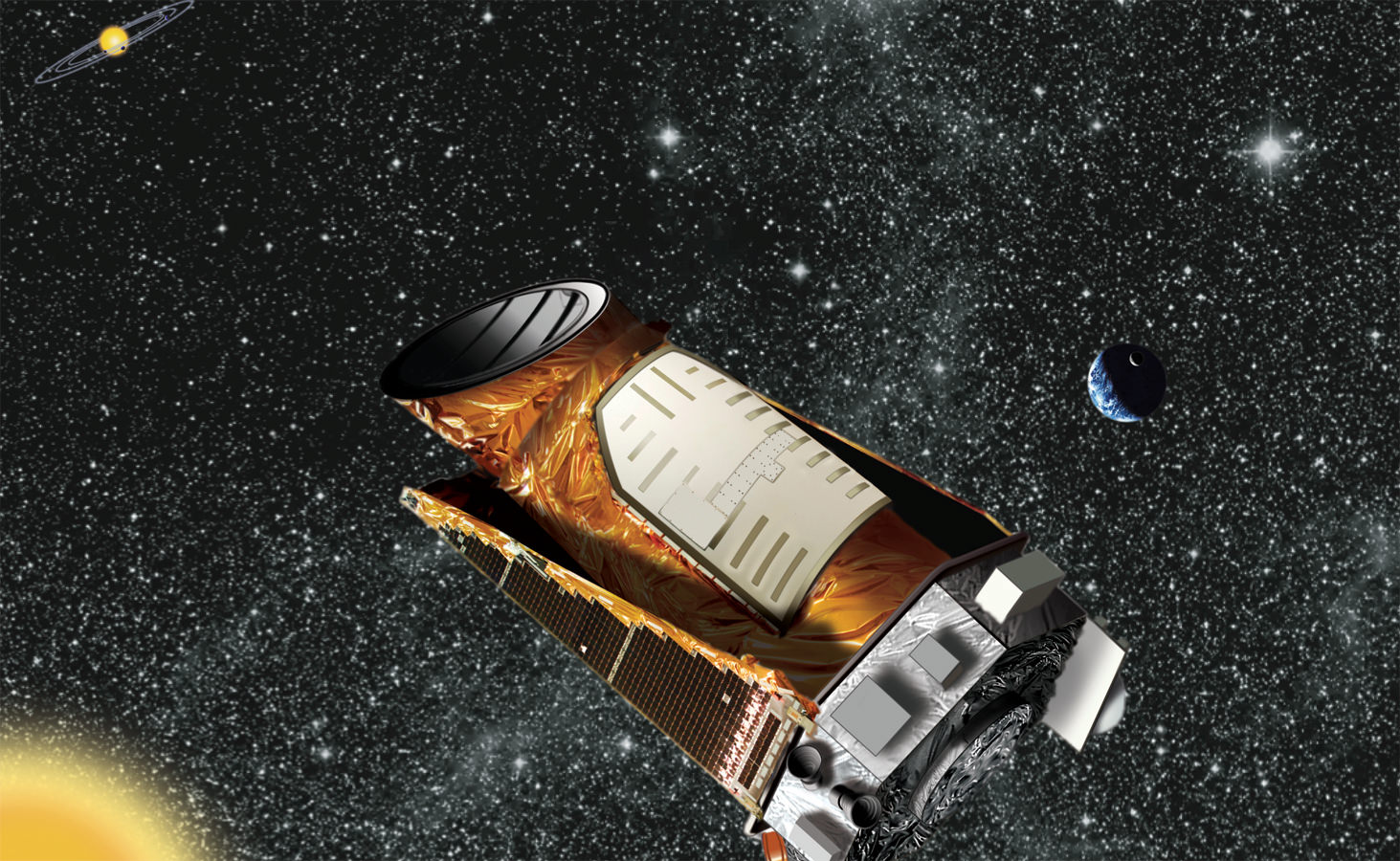Exoplanets are really tiny compared to their host star, and it’s hard to imagine sometimes how astronomers can even find one of these worlds — let alone thousands of them. This nifty two-part series from PBS explains how it’s possible in an easy-to-understand and hilarious way. As an example, this is how they describe the Kepler space telescope’s capabilities:
“It can’t actually see those exoplanets because the stars that they surround are so big and bright. Instead, it looks for the tiny shadow of the planet as it passes in front of its parent star. If that sounds hard, that’s because it is. It’s like seeing a flea in a lightbulb in Los Angeles from New York City,” said host Joe Hanson in the video.
Near the end, he provides an interesting segway into the question of life beyond Earth: “The question we’re really interested in is not how common are planets, but how common are we.” That gets tackled in part 2 of the video, which you can see below the jump.
Remember that 2014 will be an interesting year for Kepler as NASA figures out what to do next with the observatory. It isn’t able to perform its primary mission (seeking exoplanets in Cygnus) because two of its four reaction wheels or pointing devices are malfunctioning. NASA, however, has an innovative fix on the books that could allow it to swing different fields of view during the year — check out this infographic for more details.


Awesome channel! Newly subscribed now. Thanks for the link, Elizabeth/UT!